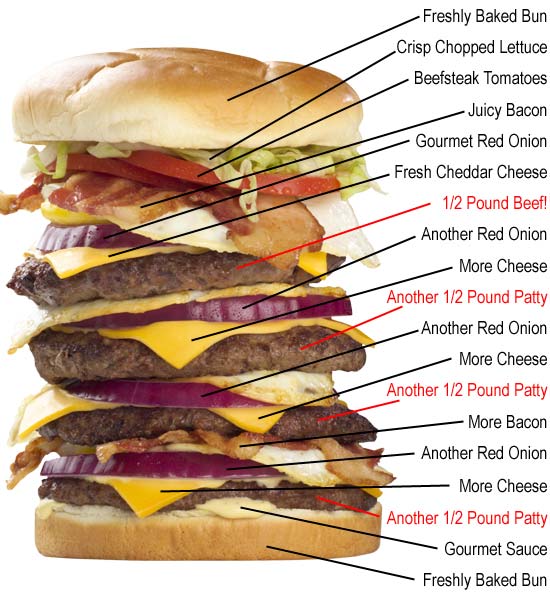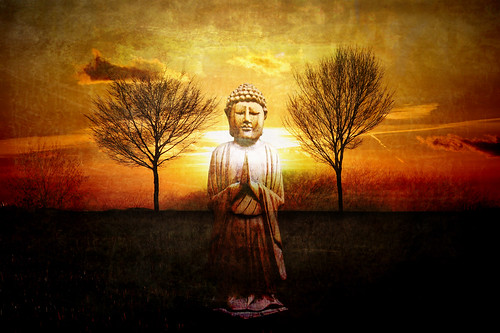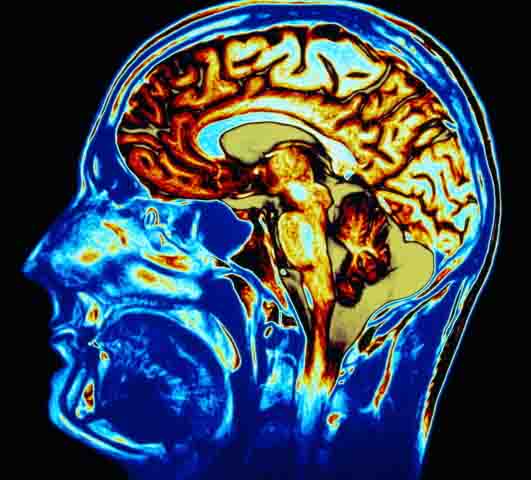In the aftermath of the trauma suffered by the American psyche on 9/11, the United States lashed out blindly and irrationally in fear and anger, deploying its military to the corners of the world and weakening itself in the process. Now, over eight years later, with the economy in shambles and the military overstretched, the sun is setting on the American empire and experts say it’s time for the US public to accept their country’s declining prowess, pressure their government to reduce its global military footprint and prepare for a looming national identity crisis.
Political psychologists believe that the shock and horror of the 9/11 attacks damaged the collective American consciousness, causing the country to stumble forward with a misguided and self-destructive foreign policy intended to destroy an exaggerated enemy.
Dr. Deborah Larson, a political psychologist at UCLA, explains, “9/11 removed a sense of invulnerability that Americans had felt, and fear sprang from the uncertainty. We overreacted and tried to gain control of the world to eliminate even a small probability of being attacked. It was totally irrational.”
Dr. Richard Hermann, Director of the Mershon Center for International Security Studies at Ohio State University, says, “A weird combination of fear, panic, anger and crude patriotism made us obsessed with an exaggerated threat. The administration’s leadership watched this with excitement and believed it was their chance to shape the world.”
Though the United States has maintained a massive military presence around the world since the end of World War II, the reach of US forces expanded quickly after 9/11. Besides the huge undertakings in Iraq and Afghanistan, the military also established US Africa Command, expanded its presence in Latin America, began launching constant drone attacks in Pakistan, recently approved the sale of over 13 billion dollars in arms to Taiwan and is currently setting up missile defense systems in Romania, Poland, the Czech Republic, Saudi Arabia, the UAE and Kuwait among other countries.
With upwards of 800 bases in 120 countries, the United States continues to spend almost as much on its military as the rest of the world combined at a time when the economy is plummeting and many Americans are struggling.
Wayne Madsen, an investigative journalist and former Navy intelligence officer, believes that military overreach is eroding American power rather than projecting it: “The extension of US influence abroad is unsustainable and unaffordable and it weakens us politically, militarily and financially. We’re trying to be the Roman Empire and we’re going the way of them.”
Dr. Hermann worries that the money spent on military engagements will hurt America’s competitiveness in the future: “We’re spending 100 billion a year in Iraq alone. You could take the top 20 universities in America and fund them, make them free for everybody every year we’ve been there. It’s a terrible opportunity cost that we’ve paid.”
A psychological shift is underway in the United States as the evidence mounts and there is growing public awareness of the detrimental costs of maintaining such a large military. Dr. Hermann explains that a public suffering through the recession is more concerned about its financial well-being than its physical safety: “If you’re unemployed and you’re getting foreclosed on, you’re a lot less worried about al Qaeda.”
Nevertheless, political psychologists believe that guilt keeps the average person from speaking out against the economic effects of imperial overreach. “Only a small fraction of the public is willing to serve in the military and I think the rest of the people feel guilty that they aren’t enlisted and essentially get a free pass. They might not like it but they feel if they have to pay tax dollars its okay,” explains Dr. Hermann.
It is perhaps ironic that the American public still fears terrorism despite being bled dry maintaining the strongest military in human history. “It’s absolutely ridiculous,” says Madsen, “These are ragtag people living in caves.” Hermann is frustrated by the contradiction in military spending and the threat faced: “There is a big disconnect here. There is huge spending on the military but at the same time an understanding that the military can’t protect us against the most likely attacks.”
Guardian columnist and London School of Economics professor Martin Jacques is an expert on the rise of China. He feels that many Americans hold on to delusions of grandeur to keep their pride afloat, denying the reality of waning US power.
“The decline of American power will entail the progressive reduction of American overseas military commitments,” he says. “But a nation in decline finds it extremely difficult to let go. It’s a reluctant process and a form of retreat.”
Jacques watched his own country go through the painful ordeal. “Britain was very reluctant to let go, not just the political elite but also the people. They lived an imperial role and didn’t like losing it. It gave them status, it gave them power and the knowledge that it was our role and responsibility in the world.”
“The military enjoys a very privileged position in the American mind, and the same experience will be had in the United States.”
Military superiority is very closely tied to the American identity and many believe that continued public support for imperial overreach stems from a desire to maintain prestige rather than from pragmatic security concerns.
“It’s very disorienting to lose your national identity. Part of being an American means knowing that you are part of the most powerful military state,” explains Dr. Larson, “If the US were to withdraw from various parts of the world, people would fear that we were declining and were no longer a hegemon. We would lose a lot of our national pride and prestige.”
It is time for the US public to accept that the military cannot maintain a global monopoly on violence and that rather than protecting and enriching them, imperial endeavors invariably become costly, never-ending counterinsurgency campaigns against dedicated, dug-in enemies.
In order for the American psyche to forge a new identity in the face of shifting realities, the US public must demand the change that their president promised, must urge leaders to scale back overseas military commitments, focus on education, technology and innovation and embrace a global leadership role rooted in soft power and diplomacy.
–Blake Sifton
 For the last week or so ESPN has been talking 24/7 about LeBron James, Dwayne Wade, and the other top-tier free agents - speculating on where they might sign, following their team visits, and then spending some more time speculating on where they might or should sign.
For the last week or so ESPN has been talking 24/7 about LeBron James, Dwayne Wade, and the other top-tier free agents - speculating on where they might sign, following their team visits, and then spending some more time speculating on where they might or should sign.












